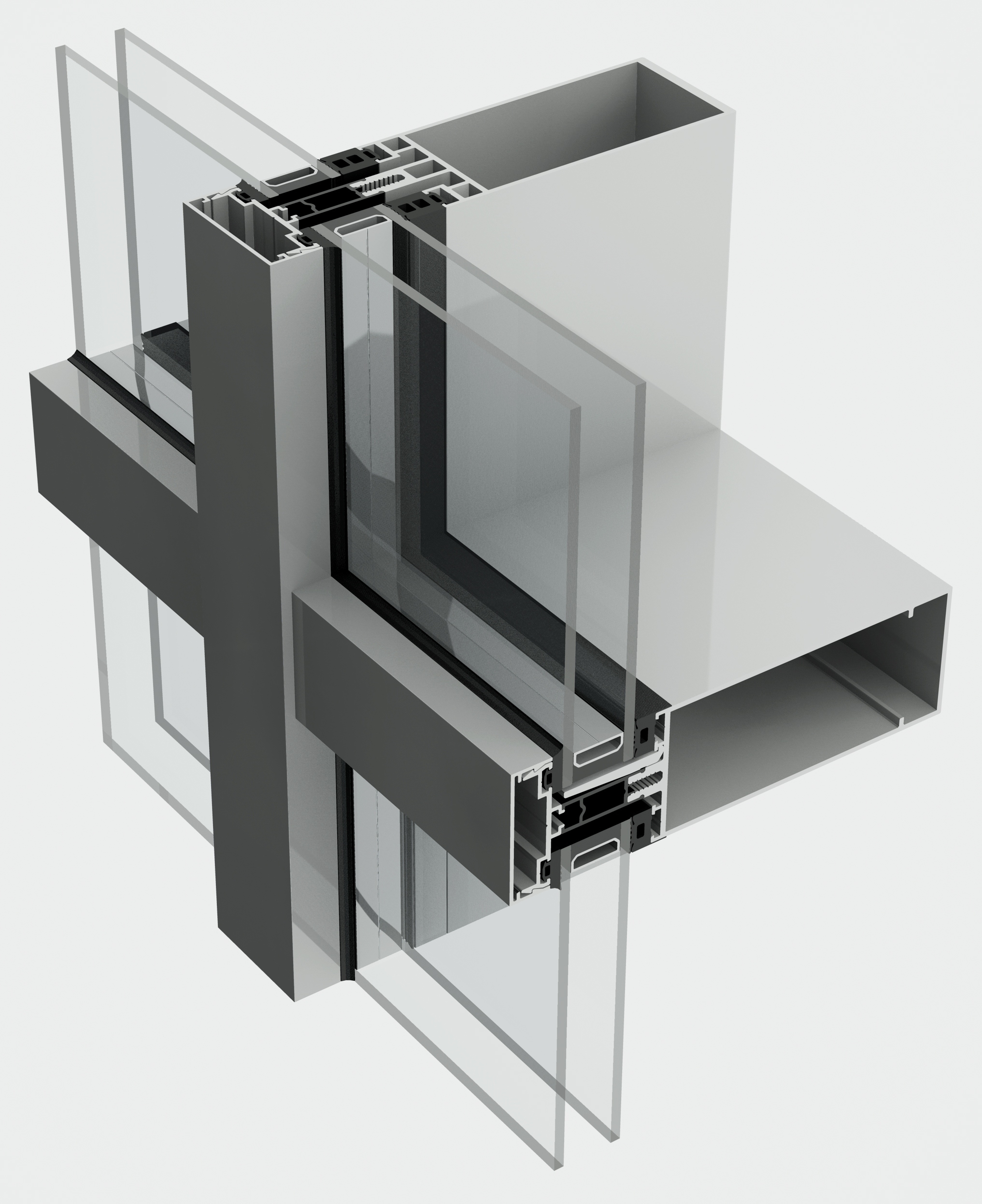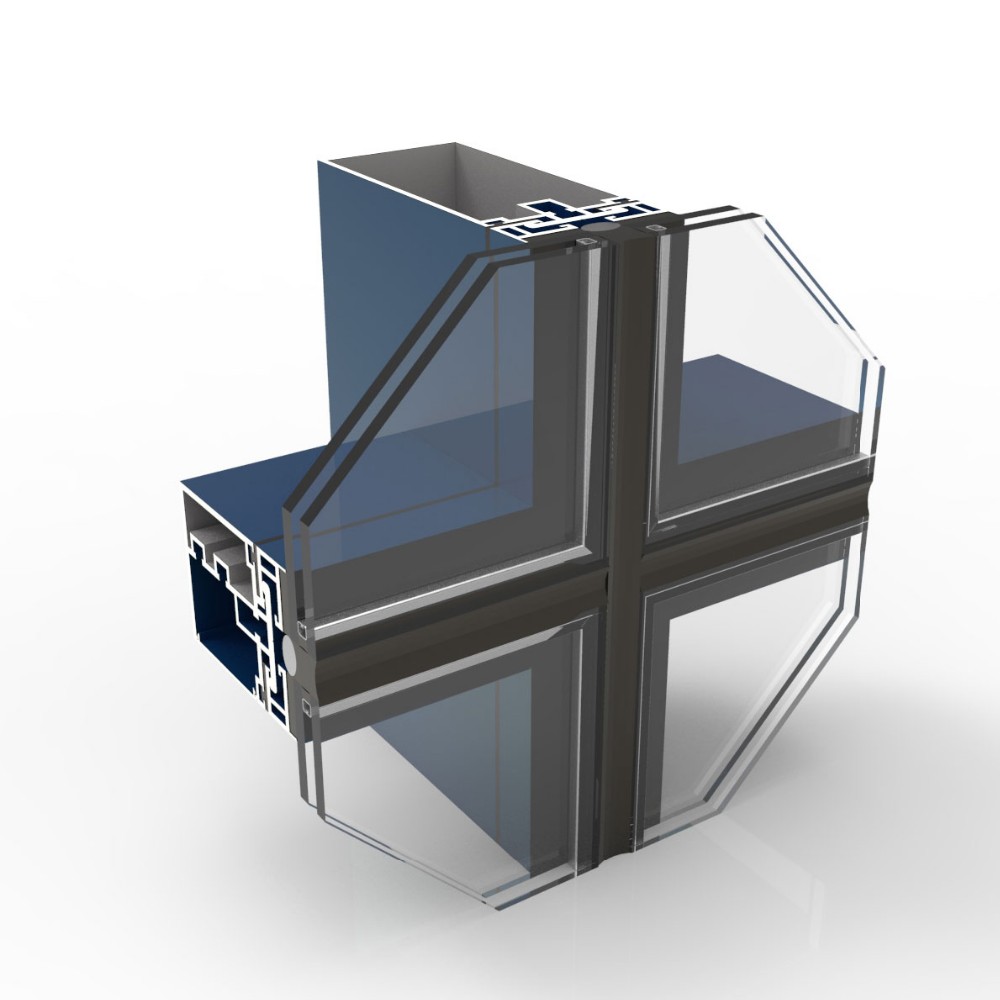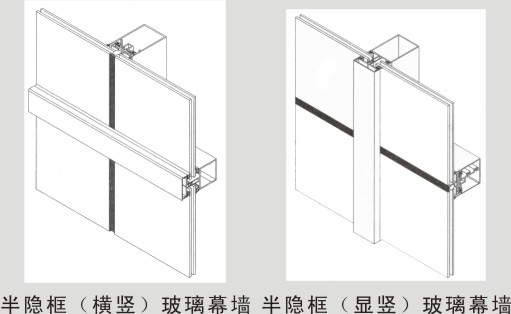What is special printing? With the development of technology, this concept is constantly being updated. China's "Special Printing Technical Terminology Standards" defines special printing as: special printing is a printing method that is different from general duty, printing, post-press processing methods and material production for special purposes. This clearly points out that the main difference between special printing and general printing is in the five aspects of plate-making, printing, post-press processing methods and material production and use. Any one of these five aspects that is different from general printing should belong to Special printing. Common special printing methods are: metal printing, glass printing, leather printing, plastic film printing, hose printing, curved surface printing, magnetic card and smart card printing, ticket security printing, decal printing, sticker printing, thermal ink printing, Color-changing ink printing, pearlescent ink printing, foam ink printing, magnetic ink printing, fluorescent ink printing, bump printing, three-dimensional printing, laser holographic iris printing, liquid crystal printing, combination printing, etc. With the increase in customer demand and the development of special printing technology, recently, a new definition of special printing has emerged: special printing is not available in general printed products. The elements that affect people's five senses are injected into the printed products to make While enhancing its performance, it can better perform unexpected functions as a printed matter. In other words, it is a means to increase the additional value of printed matter. Therefore, Dainippon Printing Company renamed the original special printing as "added value printing". It can be interpreted as using the same amount of materials in the same time and using the same printing process to obtain more than two functions of printing methods. Regardless of how to define a clear definition for special printing, the potential of special printing is immeasurable. As a printing company and printing customer, it is necessary to predict the prospects for the development of special printing. 1. Special printing has a potential big market At present, in China, the enterprises engaged in special printing work are small and medium-sized printing enterprises, and there are really few large enterprises that are really engaged in or involved in the field of special printing. What is the reason? Many people in the industry answered that the special printing market is too small, customers and quantity are insufficient, and the profit margin is too small. In fact, this idea is unscientific. The development of special printing has now occupied a very important position in the fields of packaging, magazines, and advertising. 1. Special printing is a "combination party" in the packaging field There is no doubt that packaging occupies a pivotal position in the current commodity market. In order to win the attention of more consumers, merchants are thinking about packaging products, and distinctive, differentiated, and refined products have become an important element of product packaging. In order to make more product packaging with different effects, it may be difficult to achieve by ordinary printing methods alone. At this moment, special printing meets the needs of packaging designers. In recent years, it can be seen that the special printing technology has developed unprecedentedly and penetrated into various fields of packaging and printing, forming a huge market space. As long as a new process can be made in the selection and combination of special processes, special inks and special materials Road, special printing can find their own world in printing. It can be seen that in the aspect of cosmetic label printing, due to the uniqueness of the cosmetics industry, cosmetic packaging labels must have both protection, functionality, and decoration. At the same time, consumers are increasingly demanding the appearance of cosmetic packaging. Therefore, Cosmetic label printing has shifted from traditional screen printing to self-adhesive labels, and the demand for film label materials is also growing rapidly. However, currently there are not many domestic high-end cosmetic label printing companies, and there are serious shortcomings in technology and supply. There is still much room for the development of special printing in this regard. In addition, three-dimensional printing has fertile ground for survival and development on window advertising, advertising tags, tobacco and alcohol security, food, medicine and cosmetics, and other daily necessities on the surface or outer packaging. As an important branch in special printing, three-dimensional printing can be greatly improved in technology and equipment. In addition, medical packaging printing contains more elements of special printing technology. In Germany, there are nearly ten anti-counterfeiting methods on a small medicine box, such as micro-text, gravure printing technology and other anti-counterfeiting signs that can be recognized by the naked eye, and anti-counterfeiting signs that can be seen only by special methods. In fact, in packaging printing, special printing can occupy more weight, as long as the industry has confidence in it, special printing can completely occupy a place in packaging. 2. Special printing affects magazine sales At present, magazines for young people and women use various types of special printing or special processing on the covers, advertisement pages, appendices, etc. For example, apply holographic metal shiny foil on the name part of the magazine, or vapor-deposit the entire cover; or put the cover of the magazine into a single fold or inward fold twice, and place an advertisement on its reverse side, so For advertising owners, they can get more eye-catching ads. For publishers, because the cover has added advertising pages and is economical, it is a good two birds with one stone solution; besides, spreading metallic luster on the raised prints The gold and silver thread makes it shiny and eye-catching images to display advertisements, making the cosmetics advertising industry more popular. Some magazines even adopt novel products made with CD-ROM or special printing on the appendix. The huge magazine market provides another option for special printing. 3. Special printing produces special advertising effects For large-format advertising, special printing technology can be described as the world. Like screen printing technology and large format inkjet technology, it perfectly fits the needs of advertising and publicity, plus special processes can make more eye-catching effects, which fully meet the requirements of advertising businesses. Even in the face of small advertising and promotional products, special printing has its place. For example, spice printing is to make the printed product have a special fragrance to increase the attractiveness of the printed product. The spice printing method can be stencil printing, photogravure printing, mainly used Printed on the packaging decoration, printed the same fragrance on the food packaging as the food inside, printed various perfumes and fragrances on the cosmetics, printed some floral fragrances on the general instructions, postcards, calendars, and New Year's cards to promote the products. In fact, as long as there are advertisements, there is room for special printing to survive. In fact, special printing is not as the industry believes-"narrow market and low consumption." Statistics of the global printing industry in 2005 show that the global special printing output value has exceeded 130 billion US dollars. There is such a case. Japan has one of the largest printing companies and the largest printing company in the world, the Great Japan Printing Company. The per capita output value of its workers is 100 million yen, but 35% of the company's total output value comes from specialty printing. The second largest printing company in Japan is the letterpress printing company. Its three-dimensional printing pictures are thin and soft, and the images are still dynamic. It is said that this kind of picture alone makes $ 1 million. The third largest printing company in Japan is called the Co-Printing Company, and there are more than 20 kinds of products produced by special printing methods. There are many large-scale special printing companies abroad. Why can't China create such large special printing companies? 2. Special printing has unique technical advantages Special printing, as the name implies, is a special type of printing method, that is, a different type of printing method for ordinary printing methods. Special printing technology is mainly to study the printing process, printing materials, printing equipment and printing suitability in certain specific occasions. Specific occasions mainly include: special uses, special printing principles, printing methods and special printing effects. The specific and unique technology of special printing is mainly in the following aspects: 1. Various substrates The reason why special printing occurs is because ordinary printing cannot handle some special materials, so the most prominent advantage of special printing is that it can be printed on various types of substrates. First, the shapes of the printed materials are various. Whether it is flat or three-dimensional, regular or irregular, special printing can be completed. Second, the materials of the printing materials are various, in addition to paper, it can also be iron sheet, plastic, cellophane, cardboard, wooden board, ceramics, glass, and metal products. Third, the surface properties of the substrate are various, including smooth, rough, uneven, and uniform. Fourth, the size and size of the printed materials are various, including large format and small format. Special printing is extremely compatible with substrates, making it acceptable for many jobs that ordinary printing cannot. 2. The application field is very broad Special printing can be used in many fields, such as packaging printing, textile printing, building materials printing, securities printing, decorative printing, ceramic printing, glassware printing, etc. Among these fields, many fields are still accessible only by special printing. Special printing can even be said to be the leader in these fields. 3. Unique printing effect Special printing can make a unique printing effect. Such as the three-dimensional effect of three-dimensional printing, the anti-counterfeiting effect of holographic printing, and the simulation effect of woodcut watermark. The reproduction effect of cultural relics printed by Colo, the display and temperature display effect of LCD printing, and the unified effect of sight and smell of fragrance printing. 4. Proprietary printing equipment The particularity of the printing process determines that special equipment is used for special printing. Although the exclusiveness determines that these equipments can only be used for the production of special printing, it also determines that these equipments are engaged in the production of special printings in a targeted manner, which ensures the production efficiency. The unique technical advantages make it impossible for ordinary printing to exist independently of special printing, which determines the industrial characteristics of modern printing: ordinary printing plus special printing functions. Conclusion Special printing is developed on the basis of traditional printing technology. Although China's special printing industry currently has a certain industrial scale and the related printing and processing technology is becoming more and more perfect, the domestic special printing market has not yet developed well and is still far from the mature stage. Compared with developed countries, our special printing industry has a large gap in market size, product level, quality specifications, and consumption level. However, the special printing market has great potential. For our country, as long as we strive to develop the market and strive to improve technology, I believe that the future of the special printing industry is bright. A Curtain Wall system is an outer covering of a building in which the outer walls are non-structural, utilized to keep the weather out and the occupants in. Since the curtain wall is non-structural, it can be made of lightweight materials, thereby reducing construction costs. When glass is used as the curtain wall, an advantage is that natural light can penetrate deeper within the building.
Curtain wall systems are typically designed with extruded aluminum framing members. The aluminum frame is typically infilled with glass, which provides an architecturally pleasing building, as well as benefits such as daylighting. However, the effects of light on visual comfort as well as solar heat gain in a building are more difficult to control when using large amounts of glass infill.
There are frame curtain wall, frameless curtain wall and half frameless curtain wall.
Curtain Wall Curtain Wall,Glass Curtain Wall,Aluminium Curtain Wall,Exterior Curtain Wall Lingyin Construction Materials LTD , https://www.lingyincn.com


